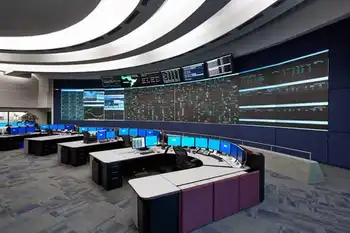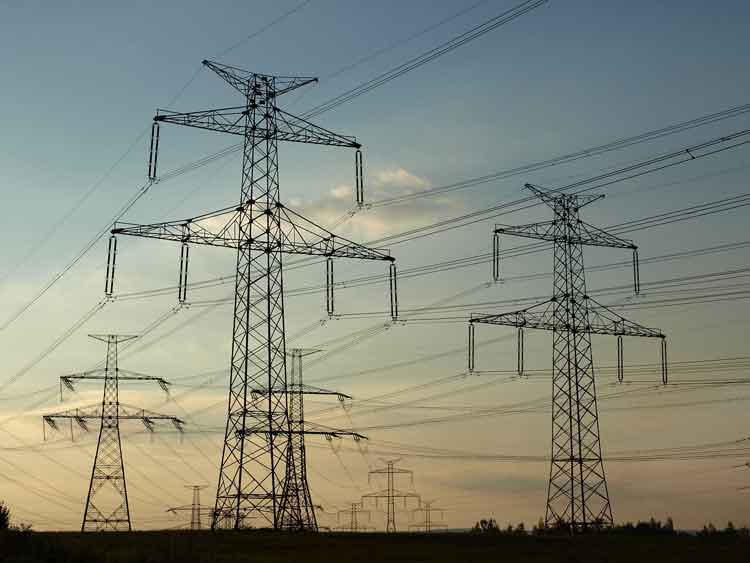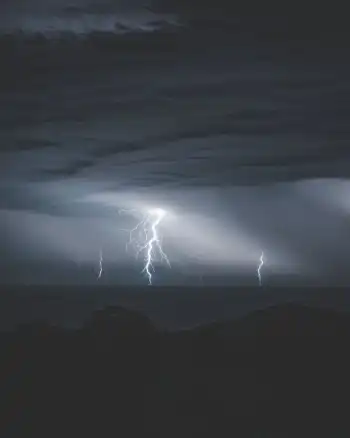Provinces to study energy sharing
By CBC News
NFPA 70b Training - Electrical Maintenance
Our customized live online or in‑person group training can be delivered to your staff at your location.

- Live Online
- 12 hours Instructor-led
- Group Training Available
Trade in electric power was on the agenda when Saskatchewan Premier Brad Wall and Manitoba Premier Greg Selinger held their first joint cabinet meeting in Yorkton, Saskatchewan.
They emerged to say that SaskPower and Manitoba Hydro will launch a feasibility study that will look at how to increase transmission capacity between Saskatchewan and Manitoba and what it might cost.
"The transmission capacity is the key to being able to increase our ability to support each other on electricity," said Selinger.
"About 40 per cent of all the power we produce right now is exportable. Our main customers are in Minnesota and Wisconsin in the United States, but we would like to serve our colleagues to the east and west of us and the key to that is to increase transmission," said Selinger.
Selinger said the current energy grids in North America flow north-south, but the premiers want to strengthen east-west connections for "energy security purposes" across Canada.
"That's how we built the country with the railway in the early days. We think a national grid capacity is another step in strengthening the economic unions in Canada," Selinger told reporters after the meeting.
Wall echoed the comments. He said premiers across the country have long talked about the importance of a national energy grid.
"There's been some of us that have said, 'Look, if the first national dream was a railroad maybe the next one needs to be a national grid system,"' said Wall.
"We have a chance with all this prolific energy supply that we have in our country, across the different regions and in the different provinces, to really be a powerhouse and to make a priority of ensuring each other's energy security at the lowest possible cost, in a sustainable way... in addition to being an export source for the United States and other places," said Wall.
"So yeah, we need the grid not just between Manitoba and Saskatchewan, we need this to be a bigger priority, a pan-Canadian priority for each and every province."
Wall said Saskatchewan has been importing electricity from Manitoba for some time, "admittedly small amounts." It peaked in 2008 at just over $6 million worth of power.
"But we're looking at options to make this available as part of the energy mix in Saskatchewan," he said. "The trade piece comes... in the event of a drought in Manitoba, they are potentially in a position to import and they might be importing natural gas for their own generation or perhaps electricity from us."
There's no doubt that Saskatchewan is looking for more power: demand is expected to increase by about three per cent a year over the next decade and the current electricity infrastructure is aging.
Most of SaskPower's generation, transmission and distribution system was built 30 to 50 years ago and more than 60 per cent of its generation capacity is fossil-fuel-based, using coal and natural gas. Most of Manitoba's hydro comes from water.
The premiers agreed the problem is that the current electricity grid isn't up to the task of transmitting more power back and forth.
The current capacity is between 50 and 100 megawatts, said Selinger. "I think the existing capacity is modest between the two provinces. I think it's in need of modernization and increasing it," said Selinger.
The premiers want a report on the preliminary findings of the study when they meet again next year in Brandon, Manitoba.











